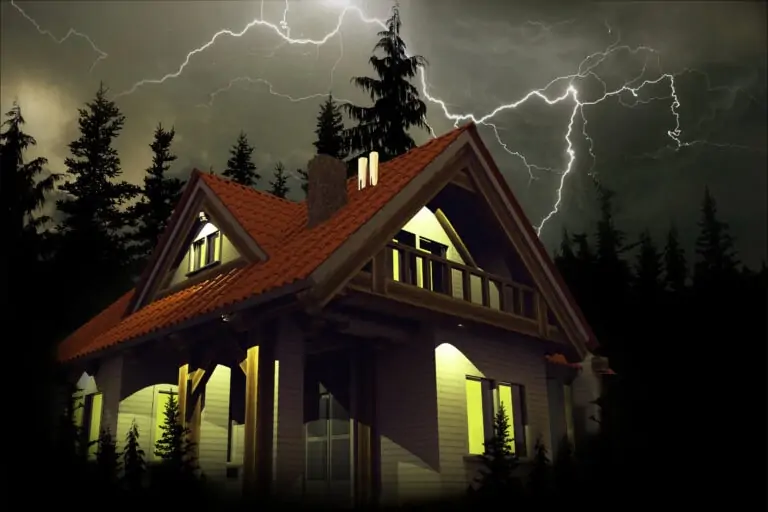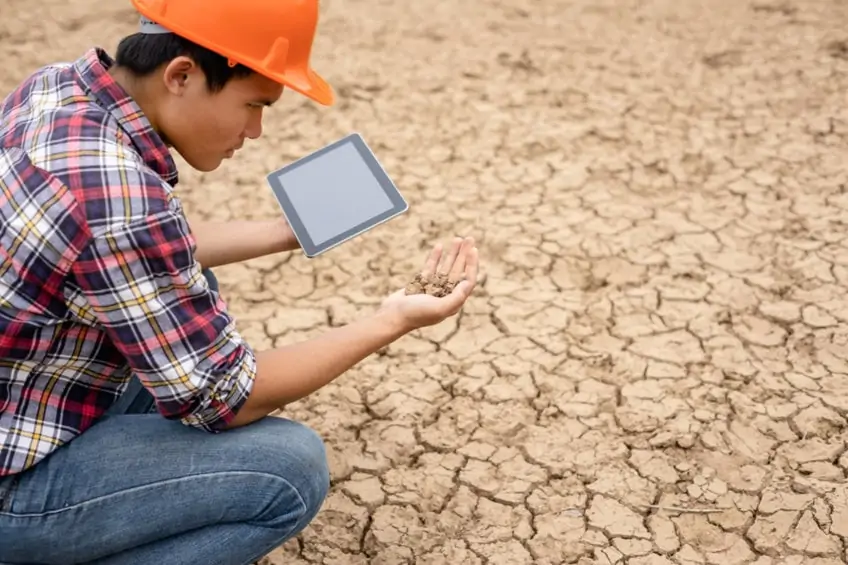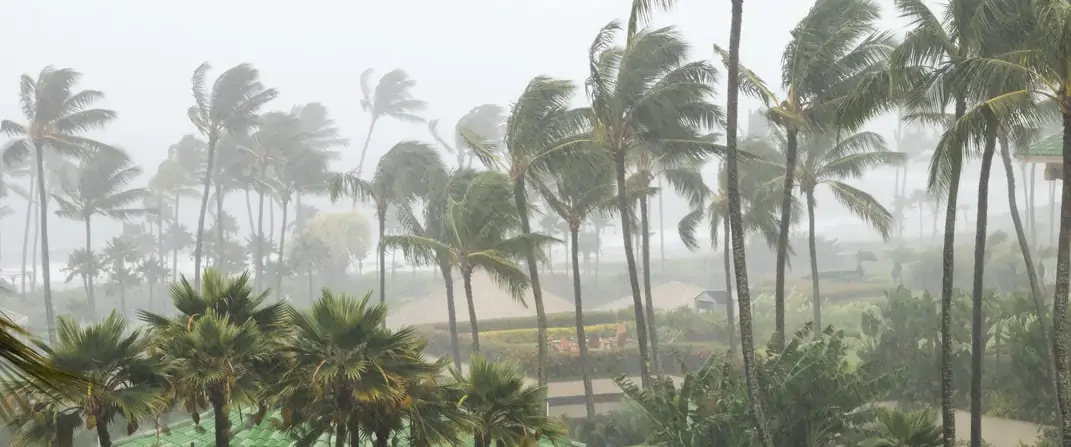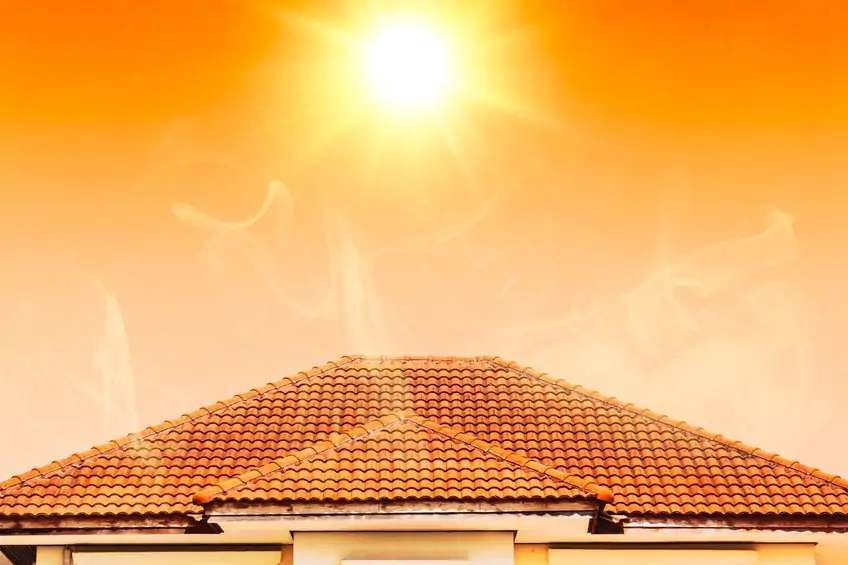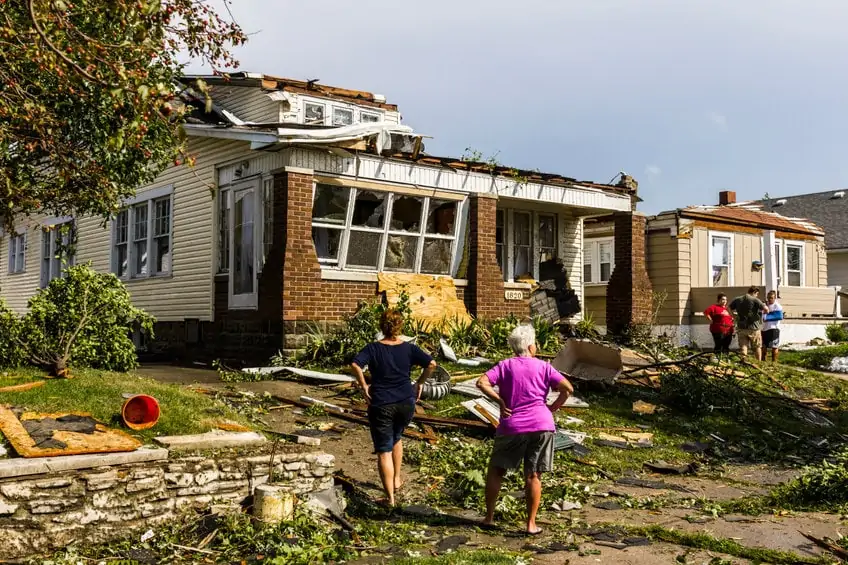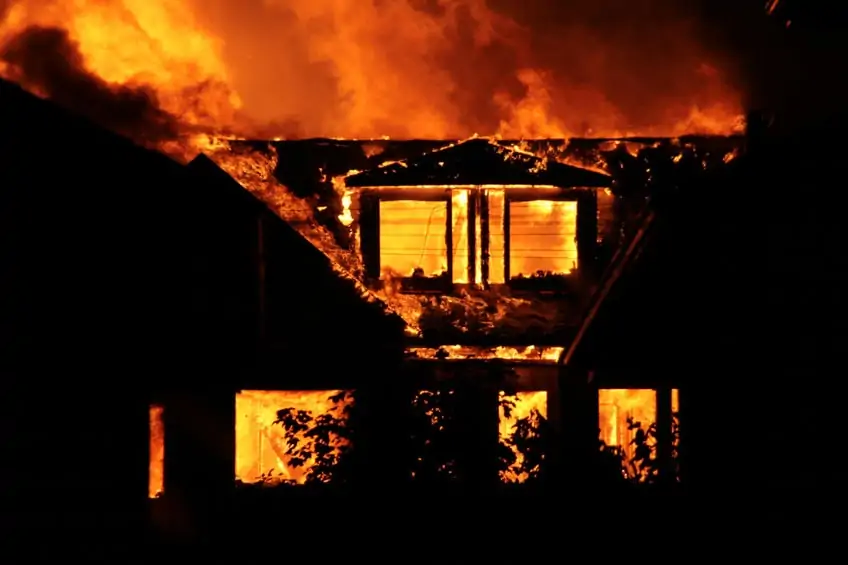By Casey Murphy
When you own a house, you want to protect your investment and those inside from any threat, including Mother Nature.
Natural disasters such as hurricanes, tornadoes, wildfires, floods, and earthquakes wreak havoc on millions of people and their homes every year.
For an event to be characterized as a natural disaster event, at least one of the criteria must be met: economic loss of 50 million U.S. dollars; insured loss of 25 million U.S. dollars; ten fatalities; 50 injured; or 2,000 homes or structures damaged. Insurance Information Institute
According to NOAA’s National Centers for Environmental Information (NCEI), since 1980, the U.S. has sustained 308 weather and climate disasters where the overall damage costs per event reached or exceeded $1 billion. The cumulative costs for these 308 events reached $2,086.2 billion with the death toll totaling over 15,000.
Some disasters, like lightning strikes, fires, and windstorms can occur anywhere. Others, like earthquakes and hurricanes, are more common in certain regions. While your zip code may be a calling card for certain types of natural disasters, regardless of where you live in the world, natural disasters are an imminent and now growing danger.
In fact, natural catastrophe losses in the United States rose to a historic high in 2017 of $133 billion in 2020 — the year of Hurricanes Harvey, Maria, and Irma and costly California wildfires. Losses fell in 2018 and 2019, but rose to $74.4 billion in 2020, up 88 percent from $39.6 billion in 2019.
Natural Catastrophe Losses in The United States by Peril, 2020
($ millions)
|
Understand Your Risks
Climate change is making things worse and influencing the frequency of natural disasters. Wildfires, floods, storms, heat, and drought can pose a health and safety danger to your family and cause costly damages to property. With 22 climate-related disasters causing $95 billion in damages in the U.S. last year alone, climate change has become a serious threat for homeowners in many communities. A recent CoreLogic report revealed that almost one-third of the nation’s homes are at a high risk of a natural disaster.
Given these changes, it is past time to factor in the costs of climate change when purchasing, selling, repairing, or maintaining property. Higher temperatures don’t just mean extreme weather events, they will increase the carrying costs of a home such as water and electricity usage. Properties that are at more risk to climate change will lose real estate value, become damaged more frequently, and will be more costly to insure.
Protect Your Property
It is important to protect our homes and families from climate change risks. Mitigation provides small and large options to tackle ways that climate change can damage or destroy your property. Acting before disaster strikes can prevent the destruction of your home and lessen the cost and time needed to recover from severe weather events.
Unsure of where to start? Here’s the top three actions you can take right now to protect your home that won’t cost you one single penny upfront but could save you thousands on the back end.
- Get a property risk assessment. Sign up for Pearl Certification’s free online Green Door platform to use ClimateCheck’s natural disaster risk assessment tool, access specific strategies to mitigate risks, and learn tips to certify energy-efficient home improvements.
- Create a disaster preparedness plan and practice. Visit the American Red Cross to download made-for-you disaster plan templates you can use with your family or household members to discuss how to prepare and respond to the types of emergencies that are most likely to happen where you live, learn, work and play.
- Landscape appropriately. Get smart on the types of climate risks in your area and then take steps to protect your home. With Pearl’s Green Door app, this research is easy, specific to your home, and includes home improvement ideas you can DIY to minimize the risk from natural disasters.
Most Common Natural Disasters
Now that you have a baseline action plan to protect your home, let’s take a look at what you can do specifically to counter the top five most common natural disasters. According to the World Health Organization, between 80-90% of all documented disasters from natural hazards during the past 10 years have resulted from floods, droughts, tropical cyclones, heat waves, and severe storms.
Here are a few expert tips from Pearl Certification and ClimateCheck you can DIY to mitigate the risks from these top five calamities.
- Floods
- Add waterproof veneer to your foundation, exterior walls, windows, and doorways to prevent shallow flooding from leaking in to damage your home and possessions. You can also seal your basement walls with waterproofing compounds.
- Install flood vents in foundation walls, garages, and other enclosed areas. Vents allow water to flow through a home or crawlspace instead of pooling and applying pressure to walls and windows which could result in major structural damage.
- Clear your gutters and be sure your downspouts route water away from your house to prevent water from pooling around your foundation.
- Droughts
- Repair cracks as they appear can help reduce further damage and the possibility of water seeping in. For cracks wider than a hairline, patch with polyurethane, silicone, or latex concrete caulk wherever they appear. This type of material allows for expansion and contraction of the foundation in the case of future drought.
- Plant small shrubs in the soil near your house to help it retain moisture. A good mulch has the same effect.
- Consider having a water system installed around the home’s perimeter to ensure your foundation is always moist; this will lower the chance of the soil moving or shifting, especially during a drought.
- Tropical Cyclones
- Consider purchasing a home generator to keep your power on in the event of long–term electricity outages. A whole–house surge protective device runs in the $200 to $300 range and is easy for an electrician to install.
- Install impact resistant shutters or impact resistant glass to minimize the risk of your windows shattering. Once a window is broken, the wind blows inside to not only wreck the interior, but to also apply upward pressure on the roof, which might be enough to send it flying.
- Inspect the shingles on your roof and use roof cement to glue down any loose shingles that could come loose during severe storms. You can use the same glue to patch up any small holes or cracks you might find while inspecting your roof.
- Heat Waves
- Install drapes or shades on every window and door to provide insulation and block the sun. Another option is to install window tinting or use low-emissivity coating to reduce solar gains.
- Insulate your home between your walls, floors, and ceilings. Adding insulation is expensive but makes a significant difference in reducing your energy costs. Older and thinner insulation is nearly ineffective for heat protection and containing cool air produced by your cooling systems.
- Insulate your attic and attic door or entryway. Blown-in loose attic insulation is one of the highest returns on investment of all home improvement projects, thanks to its low material and installation cost. You will also want to insulate around where you access the attic space.
- Severe Storms
- Ensure downspouts route water away from your home with extensions to prevent water from accumulating at the foundation or entering the basement. Your area may recommend disconnecting downspouts from the sewer to avoid backups during heavy storms.
- Some roof types are more prone to wind damage than others. A roofing contractor can tell you whether it is a good idea to add reinforcing bracing. You can also install hurricane straps to your roof.
- Garage doors and double-entry doors can fail in high wind conditions. You can add extra protection by adding reinforcement girts and strengthening the wheel tracks in your garage. Double-entry doors can be reinforced with a heavy-duty deadbolt, adding sliding bolts, or using longer hinge attachments on the door and frame.
Now, while fire wasn’t one of the top five most common natural disasters in this poll, we wanted to share some strategies to consider given that in 2020 there were 58,950 wildfires which burned about 10.1 million acres that year, according to the National Interagency Fire Center. If you find yourself in fire-prone regions, here’s a few tips to pre-prep your home.
- Fires
- Remove vegetation and combustible materials from within five feet of windows, glass doors, and decks. This includes firewood, outdoor furniture, playsets etc. Use hard landscaping options like gravel, pavers, concrete or noncombustible mulch within this five-foot zone.
- Cover all vent openings with 1/16 or ⅛ inch metal mesh. Fiberglass and plastic mesh shouldn’t be used because they can melt and burn at high temperatures. You can also install ember and flame-resistant vents, called WUI vents. Chimneys should also be covered, but with mesh no smaller than ⅜ inch and no larger than 1/2 inch.
- Clean your roof, gutters, decks, and the base of walls to remove accumulations of plant debris like fallen leaves, needles, and other flammable materials. Use a corrosion-resistant and noncombustible metal drip edge and gutter cover for extra protection against debris buildup.
Natural Disaster Preparedness
Truth be told, most homeowners are ill-prepared to handle a natural disaster. According to a new Wells Fargo & Company survey, 84% of Americans live in areas that have experienced some form of natural disaster in the past three years, and 54% live in areas that have experienced severe natural disasters, specifically hurricanes, tornadoes, floods, wildfires, or earthquakes. Despite these sobering statistics, 71% admit they don’t have a detailed emergency plan and 16% haven’t thought about emergency planning at all.
With natural disasters happening more frequently, now is not the time to sit and wait. Be proactive and inspect your home to help you prioritize what needs to be done. The last thing you want to do is be caught off guard. You may not be able to change the physical location of your home, but you can surely give it a fighting chance to sustain whatever climate change throws your way. For more tips and to connect with a natural disaster home preparedness expert, visit pearlcertification.com.
Older Adults Guide
While many Americans may have a general readiness plan for emergencies in their homes, these plans often don’t take older adults’ particular circumstances, such as limited mobility, into consideration. That’s why the NCOA created an Emergency Preparedness for Older Adults guide, to help this group feel prepared should disaster strike.
This guide includes:
- Considerations for those with hearing and visual impairments
- How to create an emergency plan
- Guidance on creating an emergency kit specific to older adults
Casey Murphy is VP of Customer Solutions at Pearl Certification, a software services company establishing a national standard for verifying and certifying the energy and performance assets of homes to increase property value and improve outcomes for real estate agents and their clients. Building science expert with experience supporting U.S. EPA’s Indoor airPLUS program, U.S. DOE’s Weatherization Plus Health initiative, and several ENERGY STAR® programs; former member of Building Performance Institute’s Standards and Technical Committee; contributor to Air Conditioning Contractors of America’s (ACCA) quality installation verification standard.


